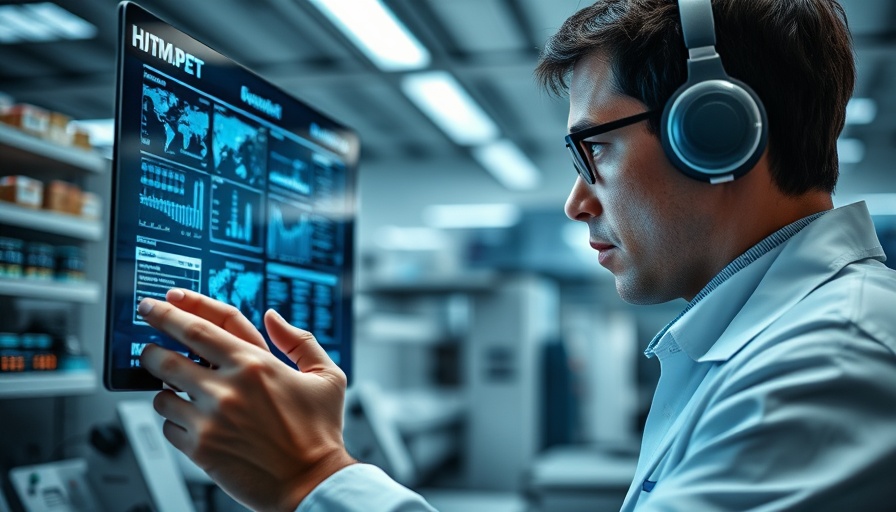
A Groundbreaking Breakthrough in Spinal Cord Research
In a stunning advance in the field of biomedical engineering, researchers in Ismael Seáñez’s lab at Washington University in St. Louis have developed a brain wave decoder that paves the way for restoring communication between the brain and areas below spinal cord injuries. This innovation could not only reshape rehabilitation practices but also significantly enhance the quality of life for individuals suffering from paralysis.
Understanding Spinal Cord Injuries and Their Implications
A spinal cord injury results in a disconnection between the brain and the spinal circuits, leading to paralysis. Despite the brain functioning normally, the lack of communication hinders movement and rehabilitation potential. In a recent study published in the Journal of NeuroEngineering and Rehabilitation, Seáñez and his team have taken concrete steps toward restoring this crucial connection.
The Technology: How It Works
At the core of this research is a special cap equipped with noninvasive electrodes that measure brain activity through electroencephalography (EEG). In their experiments, which involved 17 volunteers without spinal cord injuries, the subjects were asked to physically extend their legs and then only imagine doing so. This unique setup allowed researchers to gather data on brain waves during actual and imagined movements.
“The output from this decoder predicts movement intentions based solely on the brain’s neural activity,” Seáñez explained. By training the algorithm with data from both actual movement and imagined movement, the decoder demonstrated the ability to effectively anticipate intentions to move even when no motion occurred.
Pushing Boundaries: A New Era of Rehabilitation Science
Such advancements in technology could redefine rehabilitation for spinal cord injury patients. By enabling the brain to communicate with the spinal circuits through external electrical stimulation, this research offers hope for restoring voluntary movement and enhancing rehabilitation outcomes. As the research progresses, it highlights the need for similar interdisciplinary innovations at the intersection of technology and medicine.
The Future is Promising: Next Steps for Researchers
As promising as this new decoder system appears, further research is imperative to refine the technology and explore its applications in clinical settings. Future studies will likely aim to understand how long-term use of this system can affect recovery in patients with varying degrees of spinal cord injuries. Additionally, exploring the integration of this technology with existing rehabilitation processes could present further revolutionary benefits.
Social Connection: The Broader Impact of Neurotechnology
The implications of advancements like the brain wave decoder extend beyond individual patients; they contribute to the larger conversation about health and wellness within communities. As technologies evolve and expand access to innovative solutions, the potential for improved health outcomes in populations affected by mobility impairment becomes increasingly tangible. Rehabilitation frameworks will not only benefit from cutting-edge technologies but also ensure better resources and opportunities for healthier communities.
Community Engagement: Why Awareness Matters
This breakthrough technology underlines the importance of community engagement in health and wellness discussions. Local health and wellness centers can play a pivotal role by informing the public about advancements like these and fostering an environment that encourages rehabilitation research. As San Antonio continues to grow as a hub for health and wellness initiatives, aligning local resources with global innovations is vital.
Take Charge of Your Health and Wellness Journey Today
As we witness the dawn of new possibilities in spinal cord rehabilitation, it’s essential for individuals and communities to engage with and promote health and wellness initiatives. Whether through local events, educational programs, or wellness resources available in San Antonio and beyond, being part of these developments not only facilitates personal growth but also empowers collective community advancement in health and wellness.
 Add Row
Add Row  Add
Add 




 Add Row
Add Row  Add
Add 


Write A Comment